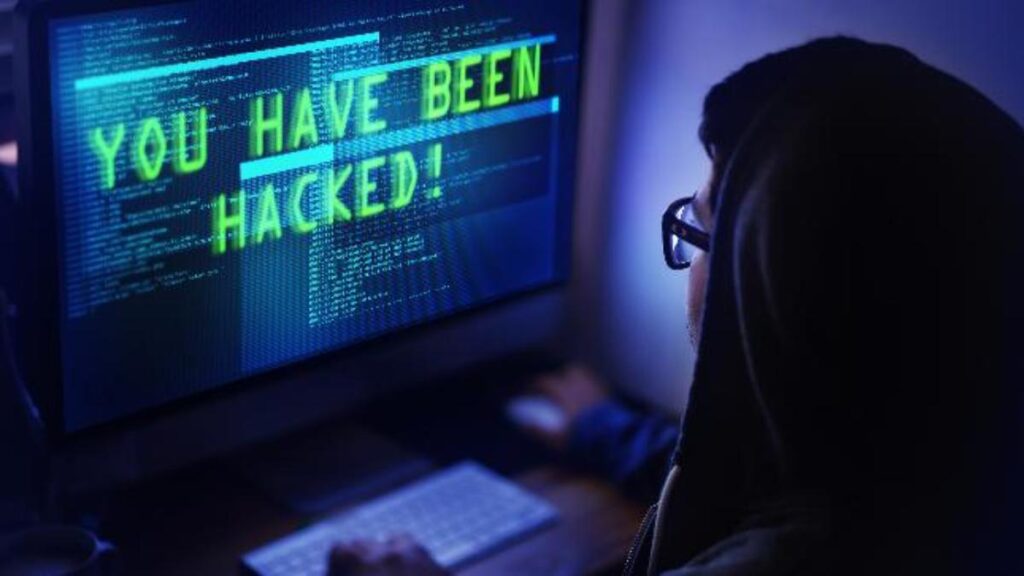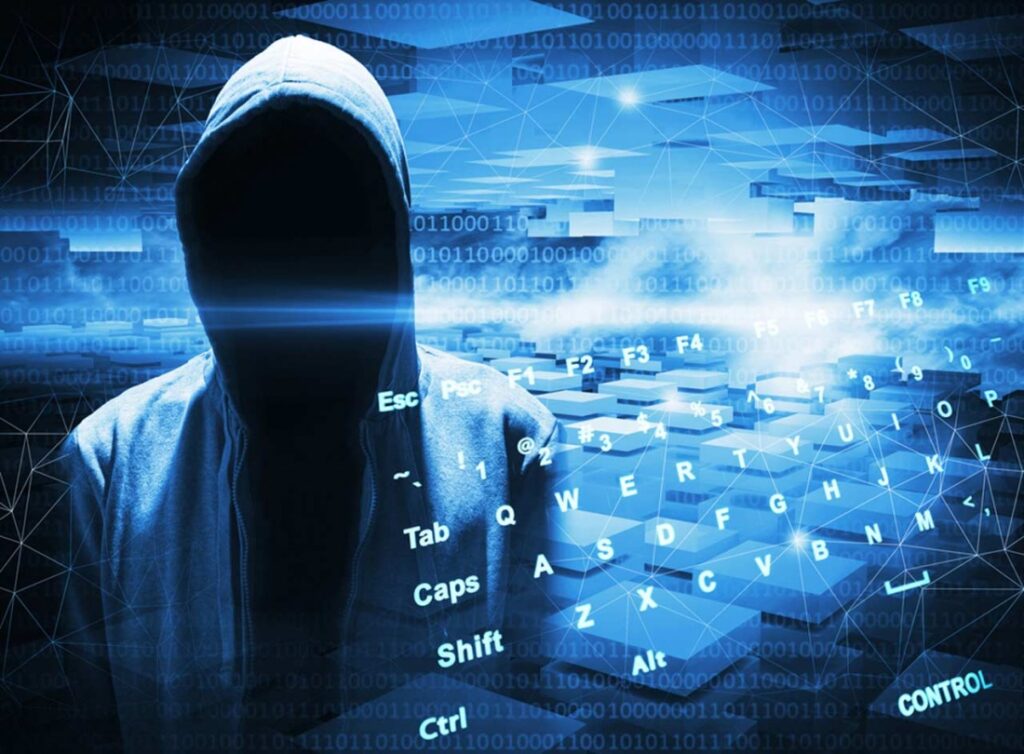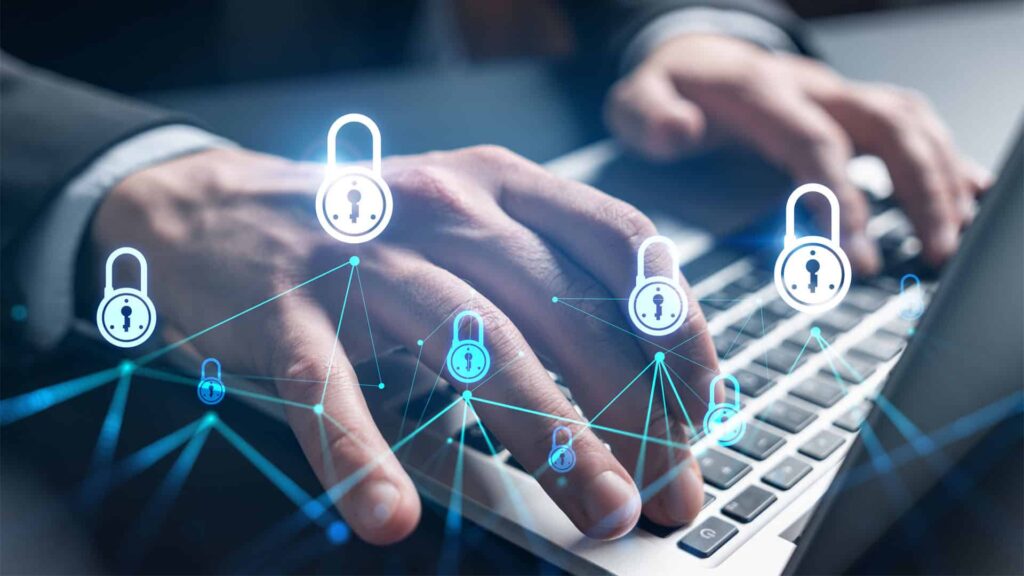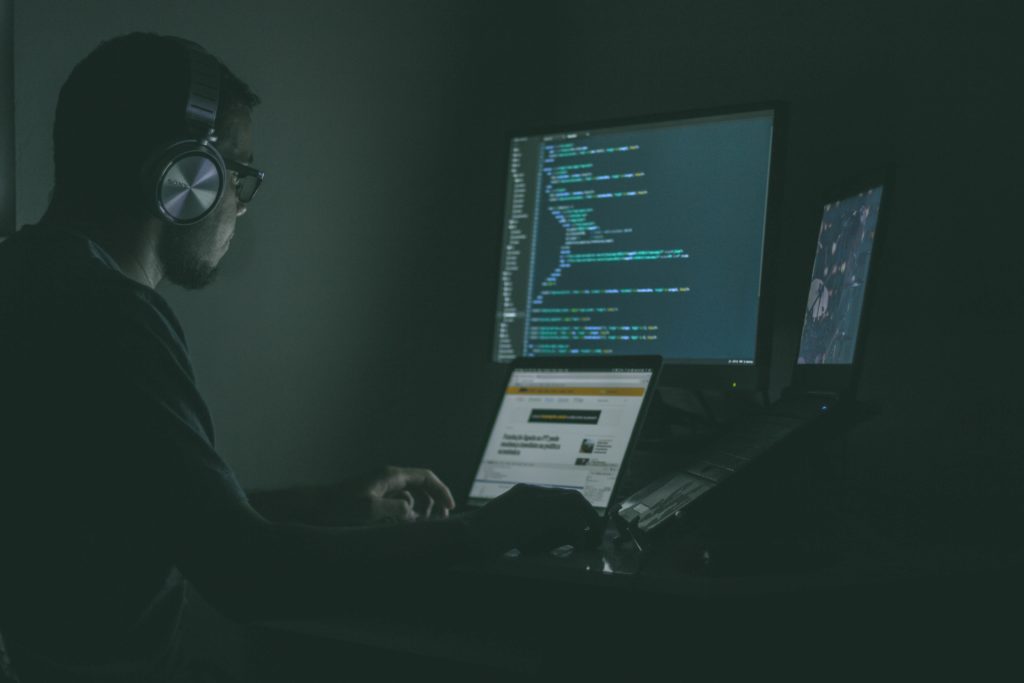The entire lives of humans are largely dependent on technology in today’s digital environment. Technology is an essential and vital aspect of life, influencing everything from communication and entertainment to banking and commerce. However, there is a chance of cyberattacks because of this reliance.
The procedure for identifying and preventing cyberattacks must be understood as they are becoming more common. In this regard, there are many trusted companies that offer cyber security threat management, network security, risk assessment, and other services to help offer a secure work environment.
Read this article to learn about the numerous procedures for detecting and preventing cyber-attacks, such as recognizing potential threats, creating security protocols, putting in place efficient defensive plans, and keeping an eye out for unusual activity.
What Is A Cyber-Attack?

Source: kratikal.com
A cyberattack generally refers to any kind of aggressive behavior. Any kind of offensive activity that targets computer networks or devices is generally referred to as a cyber-attack. An individual, a group, or even a nation-state can launch a cyberattack, which can range from simple operations to ones that are quite complicated. Cyber-attacks come in a wide variety of forms. However, some of the most prevalent ones are as follows:
• Malware:
Malware is software that is intended to damage computers or steal private data. Email attachments, websites, and infected devices can all transmit malware.
• Phishing:
This social engineering tactic tries to deceive people into disclosing personal information or downloading malicious software. Regular phishing attacks. Phishing attacks frequently use emails or websites that pretend to be legitimate businesses in order to entice victims.
• SQL injection:
This attack takes place when malicious code is introduced into a website’s database via user input, allowing attackers to access private information or potentially take over the website.
Cyber-attack detection and prevention require a multi-layered strategy that combines technological and non-technical methods. Installing firewalls and intrusion detection/prevention systems, utilizing strong encryption, and maintaining software updates are some technical steps that can assist in avoiding assaults. Technical as well as non-technical initiatives, such as employee awareness and training
How Do Cyber-Attacks Happen?

Source: pandasecurity.com
It’s critical to first comprehend what a cyber-attack is in order to comprehend how they occur. Any form of attack using technology is a cyber-attack.
Any attack that makes use of a computer or another electronic device to gain unauthorized access to data or systems is referred to as a cyber-attack. Numerous techniques, including viruses, worms, Trojan horses, phishing scams, and denial-of-service assaults, can be used for this purpose.
Who Is Most Vulnerable To Cyber-Attacks?
No particular demographic is more susceptible to cyberattacks than others.
Due to the nature of their jobs or the information they access, certain individuals may be more in danger than others. People who work in the financial industry or have access to sensitive information, for instance, may be more vulnerable to cyberattacks. Additionally, social media users and those with public profiles may be more susceptible to cyberattacks.
How Can You Detect A Cyber-Attack?

Source: netgo.de
You need to have a fundamental understanding of what typical network activity looks like in order to spot a cyber-attack. This entails figuring out what daily “typical” traffic patterns, user behavior, and system performance look like. After you have established a baseline, you may start watching for changes that might be signs of an attack. You can identify a cyber-attack using a few basic indicators, including:
1. Abnormal Traffic Patterns:
If you notice abrupt or unforeseen surges in traffic, it may indicate that an attacker is aiming for your network.
2. Suspicious User Activity:
Users who access data or systems they ordinarily wouldn’t have access to or who attempt to access sensitive material after hours may be engaging in suspicious behavior that calls for additional examination.
3. Unsatisfactory System Performance:
Your systems may be under attack if they begin to lag or become unresponsive. It is crucial to act right away to look into the cause and lessen the threat if you notice any of these indicators. Cyberattacks can occur suddenly, and without warning, so it’s crucial to be ready and have a response strategy in place.
How Can You Prevent A Cyber-Attack?

Source: leaf-it.com
You can prevent a cyber-attack in many different ways, but it all begins with understanding how they occur in the first place. Read below to find out how you can prevent cyber attacks:
1. Using Authentication Procedures:
Implementing strong authentication methods is an effective method to stay secure. All users, especially administrators, must use two-factor authentication or multi-factor authentication.
2. Use VPN
Using a secure VPN connection gives enhanced security to your system, especially if you’re working remotely. By doing this, you can be certain that all information traveling between your device and the company network is encrypted.
3. Educating Users
Understanding what phishing emails are and the other tactics used by attackers is one of the most helpful preventive measures that can help secure the systems from such attacks. Users should be able to recognize a suspicious email and report it right away to the IT department.
4. Keep Your System Updated
Update the most recent versions of operating systems, programs, and security updates. Attackers frequently use vulnerabilities in out-of-date software to their advantage.
5. Enable Firewall And Cyber Attack Threat Management Systems:
Installing such preventive tools could assist in preventing malicious activity and traffic. Review records produced by these security devices on a regular basis for any unusual activities. Threat management systems are growing in popularity among users globally in this context.
Conclusion
Cyberattacks pose a severe threat and can have disastrous effects on both people and corporations. However, we may take steps to reduce the possible harm by comprehending the procedure for identifying and preventing cyber-attacks. It is crucial for everyone to understand how these assaults happen and what steps they should take in order to protect themselves from becoming victims of such crimes. Cybersecurity professionals work hard to remain on top of the current dangers. Together, we can keep our data secure and have fewer malware attacks by raising awareness of this issue.



